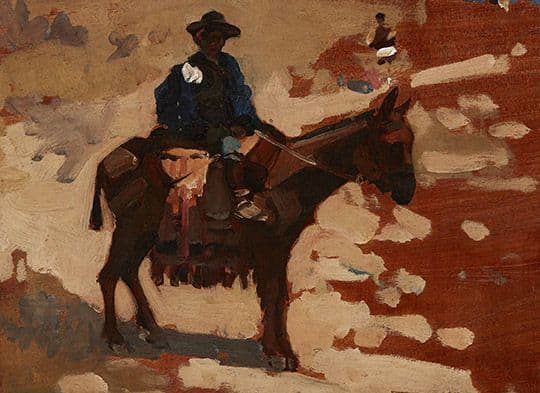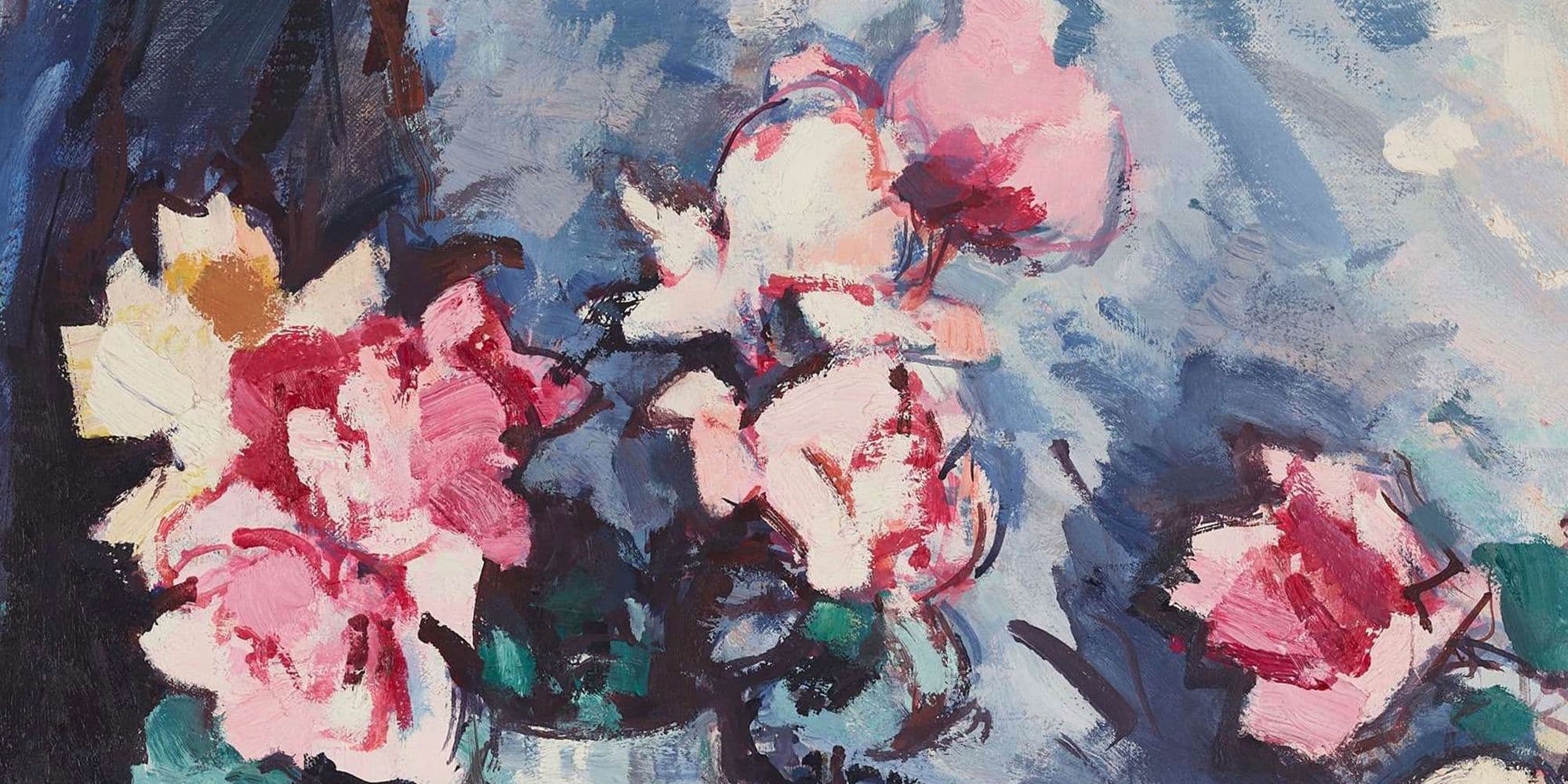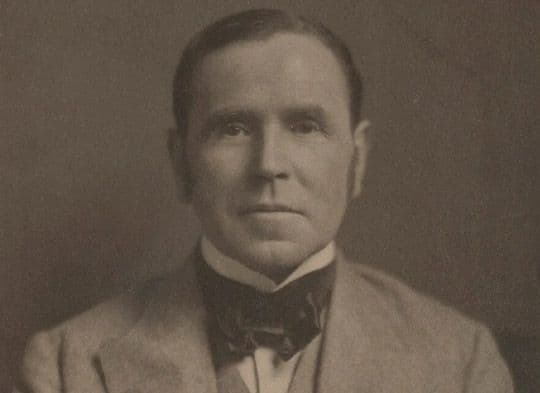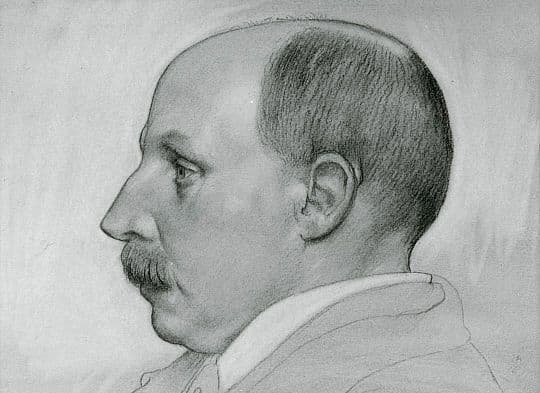Arthur Melville is widely regarded as one of the most innovative and technically daring Scottish artists of the late 19th century.
Though associated with the Glasgow Boys and their pioneering departure from academic traditions, Melville occupied a singular position, more itinerant, more radical, and perhaps the most experimental among his peers. He was a master of watercolour, developing a distinctive style that fused bold design with luminous, expressive colour, and he played a key role in reshaping the possibilities of the medium in British art.
Born in Loanhead-of-Guthrie in Angus in 1855, Melville studied briefly at the Royal Scottish Academy Schools before refining his training at the Académie Julian in Paris. While there, he was exposed to the latest developments in French painting, particularly the work of the Impressionists and Symbolists, which had a profound influence on his artistic development. His time in France also saw the creation of early realist works painted en plein air, such as A Cabbage Garden (1877), which displayed a fidelity to natural light and a move away from sentimentality.
Melville’s career truly transformed following his travels in the Middle East between 1880 and 1882, when he visited Egypt, Persia, and Turkey. The blazing light, saturated colour, and rhythmic movement he encountered there prompted a radical shift in both technique and subject matter. In response, he developed a bold new approach to watercolour that became his hallmark, laying in rich colour washes while the surface was still wet, creating a vibrant, atmospheric immediacy that was entirely distinct from the more delicate English tradition. His Eastern scenes, such as An Arab Interior and The Music of the Nile, were acclaimed for their visual vitality and structural daring.
Although often peripatetic, Melville remained connected to Scotland and was embraced by the Glasgow Boys, who admired both his technical brilliance and his rejection of academic convention. His influence can be seen in their shared focus on tonal harmony, modern subject matter, and experimentation with composition and light. Yet Melville never confined himself to one movement or school. His subjects ranged from Orientalist fantasies to modern European life and rural Scottish scenes, all treated with a dynamic sense of colour and form.
A member of the Royal Scottish Society of Painters in Watercolour (RSW) and elected an Associate of the Royal Scottish Academy in 1886, Melville was never a prolific exhibitor, in part due to his constant travel and perfectionism. He died prematurely at the age of 49, but his reputation grew steadily in the decades that followed. Today, he is recognised as a visionary figure in Scottish art history, whose technical innovations in watercolour—particularly his expressive handling of light—laid the groundwork for generations of modern painters.





